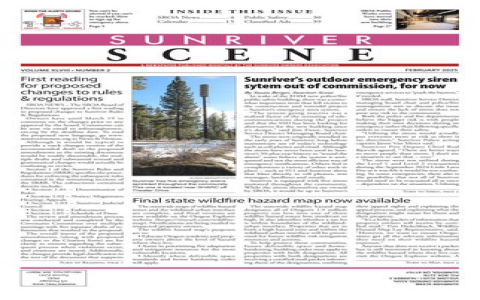Alright, so I wanted to share a bit about my experience figuring things out with Okanogan County Public Health. Not some big exposé, just how things went down for me one time.
We’d moved up to the county, maybe a year or so in, still kinda learning the local ways. Then we got hit with one of those really nasty wildfire smoke seasons. You remember those? Where the air just feels thick and smells like a campfire that won’t go out. Visibility was awful some days, couldn’t even properly see across the street.

The Problem Pops Up
Now, the main issue for us was my wife’s breathing. She’s always had some trouble, nothing major most days, but that smoke just hammered her lungs. We were keeping the windows shut tight, AC running on recirculate, the whole nine yards. But you could still feel it, that irritation in your throat. And she was really struggling, coughing a lot more, feeling short of breath. Got us pretty worried, you know? You feel kinda helpless when the air itself feels toxic.
We talked to her doctor, who gave the usual advice – use the inhaler more, stay inside as much as humanly possible. He also suggested we look into resources for vulnerable people during smoke events, maybe check with public health. Sounded like a plan. We weren’t sure what exactly to expect, maybe advice, maybe info on clean air shelters if things got really bad?
Trying to Navigate the System
So, my first step was the obvious one: search online. Found the Okanogan County Public Health section on the county website. Okay, cool. Started clicking around. Lots of information there, for sure. Menus, links, documents. Felt a bit overwhelming, honestly. I was looking for something specific about smoke help, maybe programs or specific guidance beyond just ‘stay inside’. Found general air quality info, links to state departments, that kind of thing. But finding concrete local help or resources felt like digging for treasure without a map.
After poking around online for a while and not quite finding what I needed, I decided to just call them. Picked up the phone, dialed the number listed. Got an automated voice first, naturally. Listened to the options, pressed a button that sounded vaguely right, maybe environmental health or community health? Got transferred. Put on hold. Listened to some generic hold music.
Getting Somewhere
Finally, a real person answered. Sounded pretty busy, which I totally get during a smoke event. I explained our situation – wife struggling with the smoke, looking for any specific local advice or resources they might have. The person on the other end was patient, listened to me ramble a bit. They didn’t have like, a magic wand or anything. But they did confirm the best place on their site to check for the local air quality index, which was helpful because the national sites sometimes felt too general.
They also mentioned a few things I hadn’t easily found online:
- Tips on how to better seal up a room to make a ‘cleaner air room’ at home.
- Some specific advice on mask types if you absolutely had to go outside briefly.
- They asked about our situation and confirmed we likely wouldn’t qualify for certain assistance programs, but knowing that was useful too.
What I Took Away… The interaction itself was fine. The person was helpful once I got through. But it did feel like you had to be persistent. The information wasn’t just super easy to grab right when you needed it most, especially when stressed about the smoke and family health. You had to do some digging, make the call, ask the right questions.

It just kinda highlighted how important these local public health folks are, especially in a rural county. They’re the ones supposed to be looking out for the community’s health day-to-day, and especially when stuff like smoke or disease outbreaks happen. You rely on them. The experience didn’t solve the smoke problem, obviously, but getting that direct contact and specific local info helped us feel a little more in control. Made me appreciate the work they do, even if finding the right door to knock on took a little effort.















